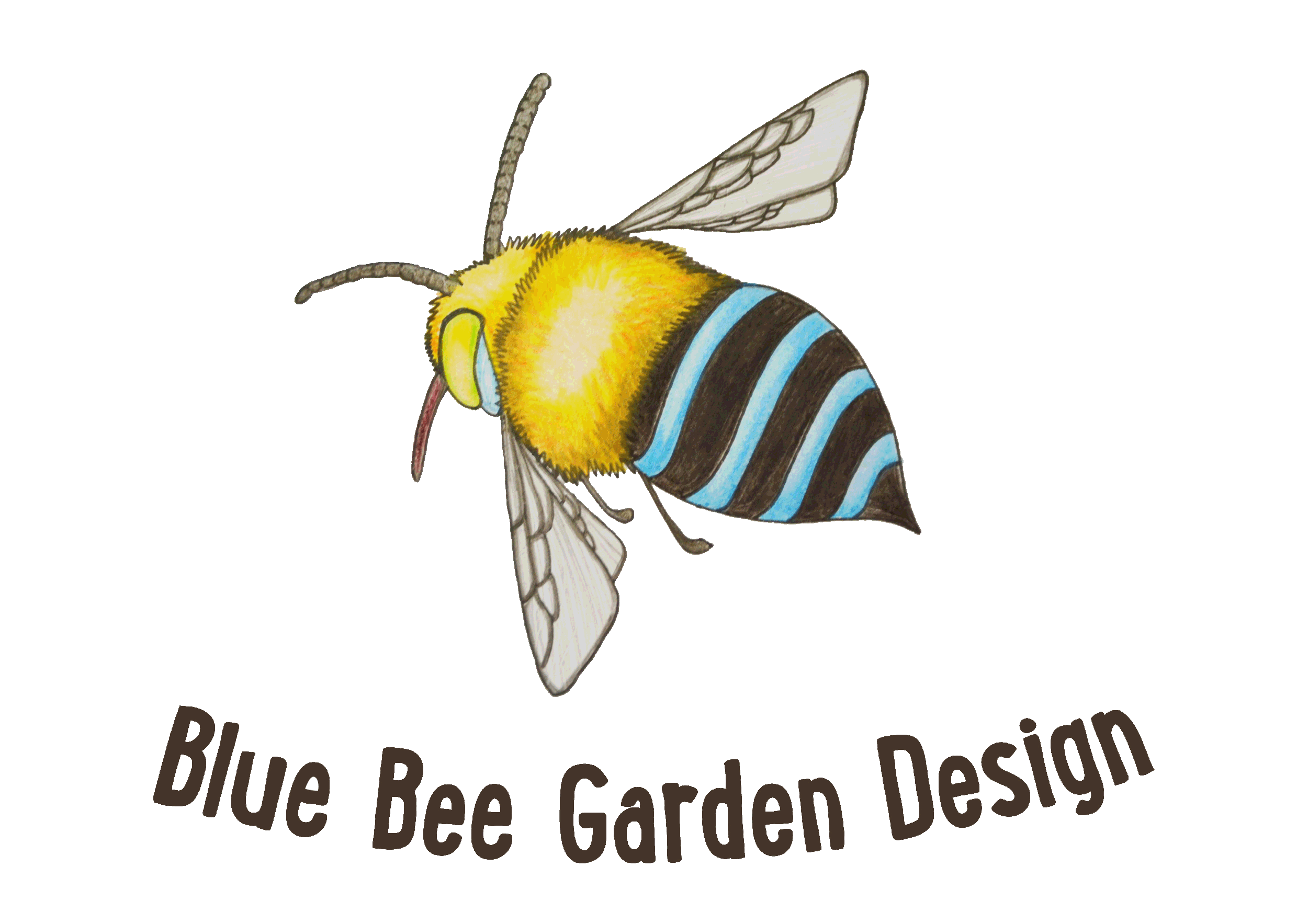Our true blue beauty
the blue banded bee
It’s easy to understand why when we think of native animals; kangaroos or koalas automatically spring to mind, but there’s one tiny Aussie that’s helping endangered plants and improving our backyard veggies – the blue-banded bee (Amegilla cingulate). Found across mainland Australia this solitary bee has a special trick known as buzz pollination for extracting hard-to-get pollen inside tiny flower capsules. The blue-banded bee does this by banging its head rapidly against the pollen cylinder to knock the pollen grains out and onto its furry belly. Currently this tiny bee has the highest recorded rates of head banging; good news if you love your tomatoes or eggplants which respond well to this form of pollination.
The blue-banded bee uses the pollen and collected nectar to form a ‘bee porridge ball’ which it deposits into a small burrow in clay, sandstone or crumbling mortar. It lays a single egg on top; a ready-made food source for the next generation of adults which fly out in summer (October to April). It is also is having a positive effect helping some endangered species of Dianella found in Melbourne’s North Suburbs.
Brian Bainbridge, Ecological Restoration Planner from the Merri Creek Management Committee in Melbourne’s North said, ‘along the Merri Creek we are trying to build up our corridors of Dianella amoena (Matted Flax Lily) as the populations are too spread out and we know that this type of Lily responds to buzz pollination so we are looking at the blue-banded bee.” While not too fussy about its nectar source enjoying oregano, basil, lavender, sage, salvia and pentstemon flowers, gardeners can help this little Aussie by planting species common to their local region which not only supports native plants but creates more bee feeding options. Dr Ken Walker, Senior Curator, Entomology at Museum Victoria said, ‘there are about 1700 species of native Australian bees and they have evolved effectively with the native Australian flora. So to attract native bees to your garden, simply plant local native flora in your garden and they will come.’ And with its happy buzz and flash of blue in amongst the flowers the blue-banded bee is truly a wonderful sight in any backyard.
Ways to encourage the friendly blue-banded bee into your garden
•Drill small holes into a Hebel block for a Bee hotel as blue-banded bees are attracted to mineral burrows.
•The blue-banded bee only travels 300 meters from its burrow so keep you bee hotel close.
•If you have seen a blue-banded bee - plant some tomatoes you’ll love the results.
find out more
Merri Creek Management Committee at http://www.mcmc.org.au
Museum Victoria at http://www.museumvictoria.com.au
